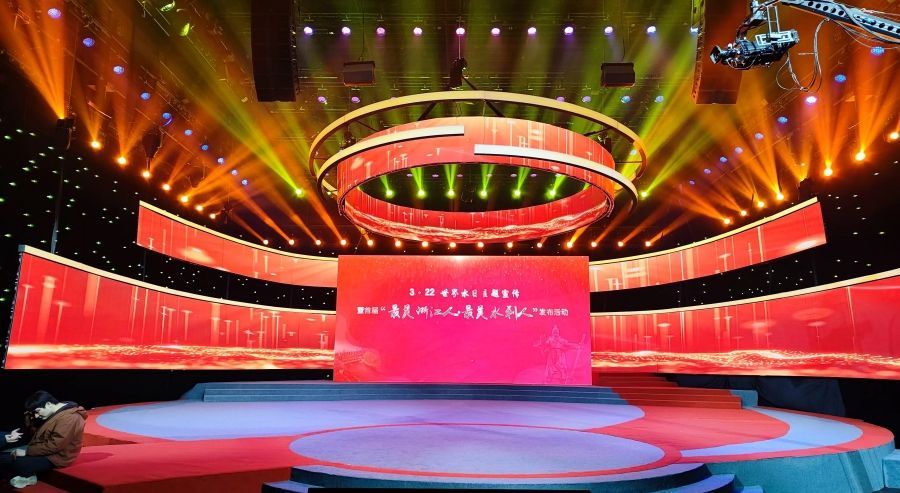औद्योगिक समाचार
एलईडी डिस्प्ले दीवारों की गुणवत्ता के परीक्षण के लिए छह तरीके
आजकल, there are more and more LED screen products, such as the familiar LED lighting, LED lighting, transparent led screens, और इसी तरह. इसलिए, how to distinguish the good and bad sides of LED displays has become a thorny problem for users. आज, let’s take a look at how to distinguish.
1、 चमक
The brightness of the display screen is generally reflected in more outdoor screens, because outdoor screens are located outdoors, they have to withstand more tests compared to incoming water. The brightness of a normal outdoor full color screen should be above 1200cd/m2-2000cd/m2, and currently, the brightness of conventional LED lights can reach this level.
2、 Balance effect
The balance effect is an important indicator that cannot be ignored for किराये की एलईडी स्क्रीन, and most counterfeit manufacturers are not very clear about this indicator now. In color theory, pure white is only displayed when the ratio of red, हरा, and blue primary colors is 1:4.6:0.16. यदि वास्तविक अनुपात में थोड़ा विचलन है, there will be a deviation in white balance. आम तौर पर, attention should be paid to whether white has a tendency towards blue or yellow green.
3、 Color reproduction
The color restoration of a display screen refers to the restoration of screen colors, which means that the colors displayed on the screen must be highly consistent with the colors of the playback source, in order to ensure that the images played on the display screen are more realistic.
4、 Is there any dead point present
The dead spots we often refer to are single dots that appear on the screen that are constantly on or off. The number of dead spots is mainly determined by the quality of the light beads. आम तौर पर, using genuine woven ribbon lights will not cause a large number of dead spots, and some dead spots are due to virtual soldering during SMT. If there are dead spots on the screen, it will greatly affect the visual effect we watch, so if we find them, we can solve them immediately.
5、 Whether there are color blocks
Color blocks refer to significant color differences between adjacent modules, and color transitions are measured on a module by module basis. If color blocks occur, they are mostly caused by poor control systems or low grayscale levels on the screen.
6、 Screen flatness
For the flatness of the display screen, it does not require a professional user, as it can be seen by anyone with eyes. The normal flatness of the display screen needs to be ensured within ± 1mm, so that the image played by the Baocheng screen will not be distorted. Any local protrusions or indentations will cause blind spots in the viewing angle of the display screen. It is best to ensure that there are no gaps between modules during the installation process. For displays below P3, this issue should be paid special attention to during assembly. If there are gaps between modules, black lines may be seen during the playback process.


